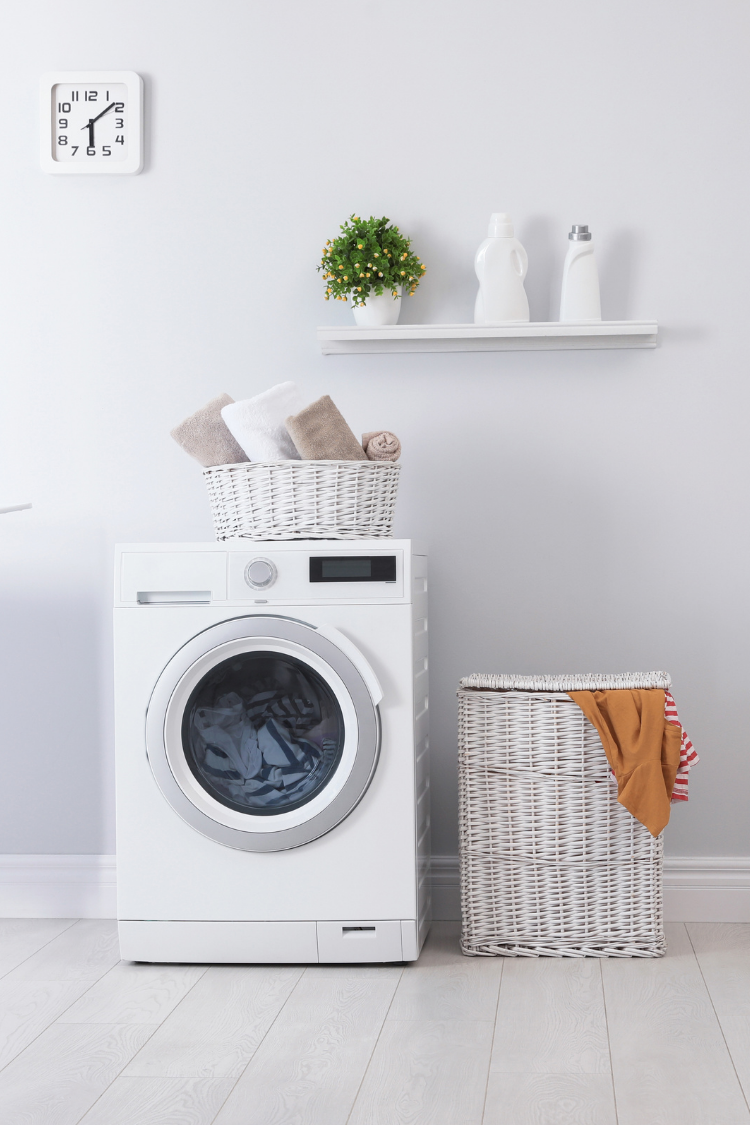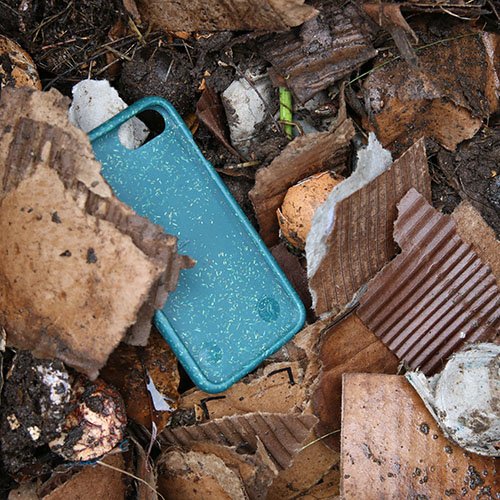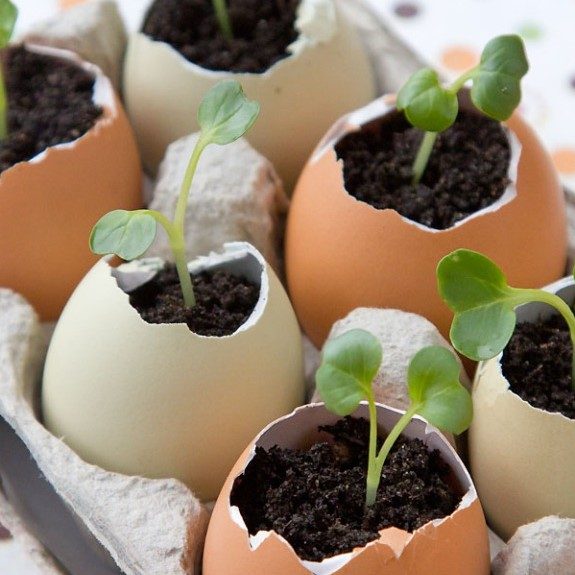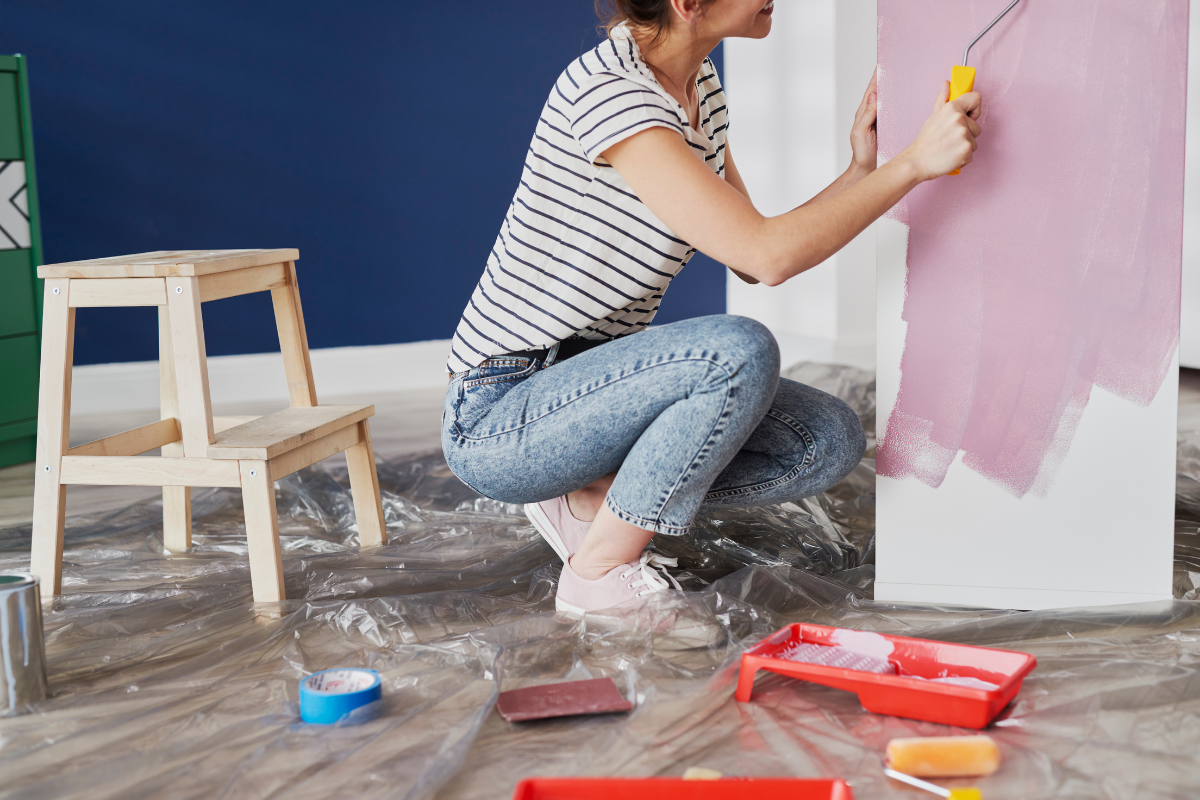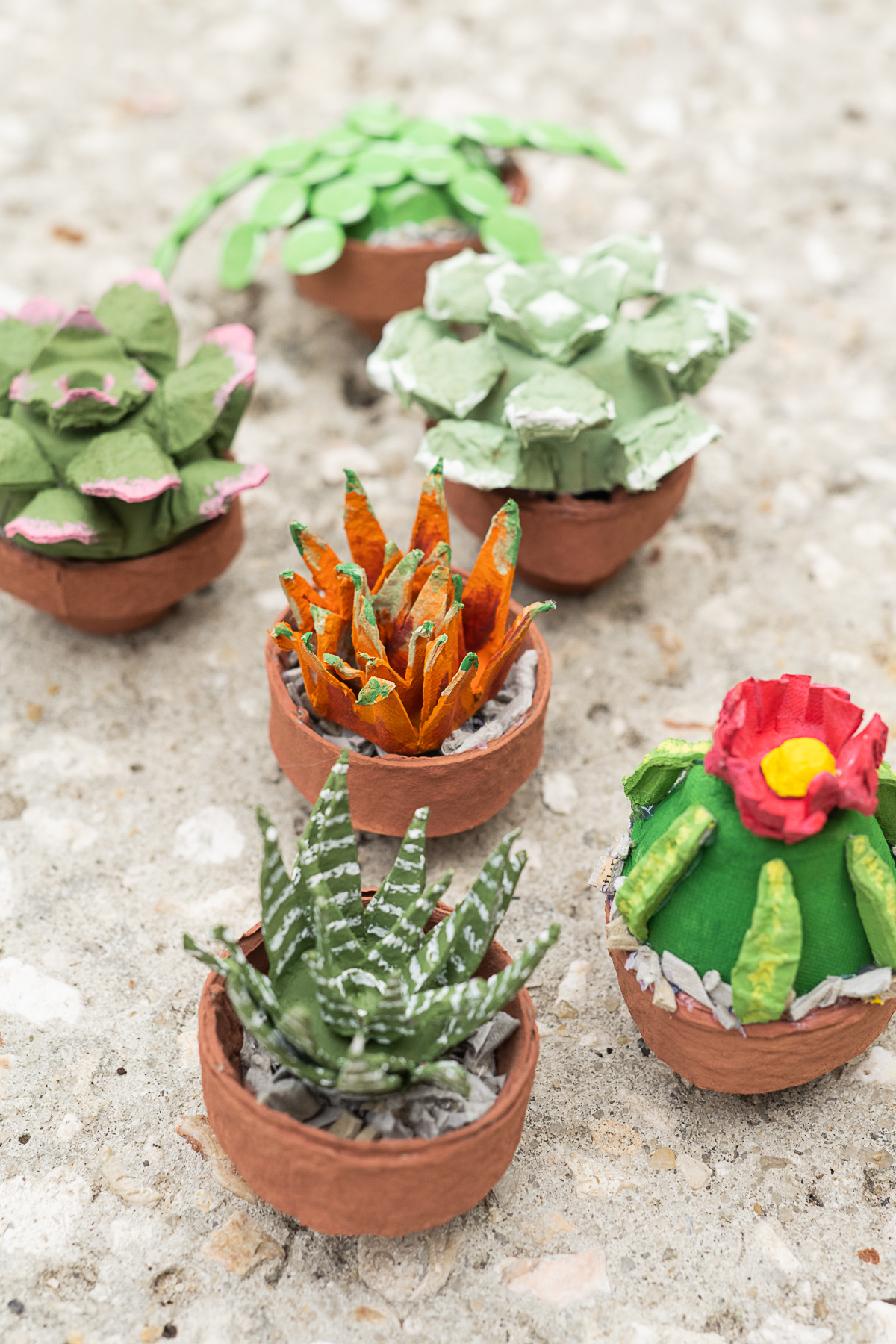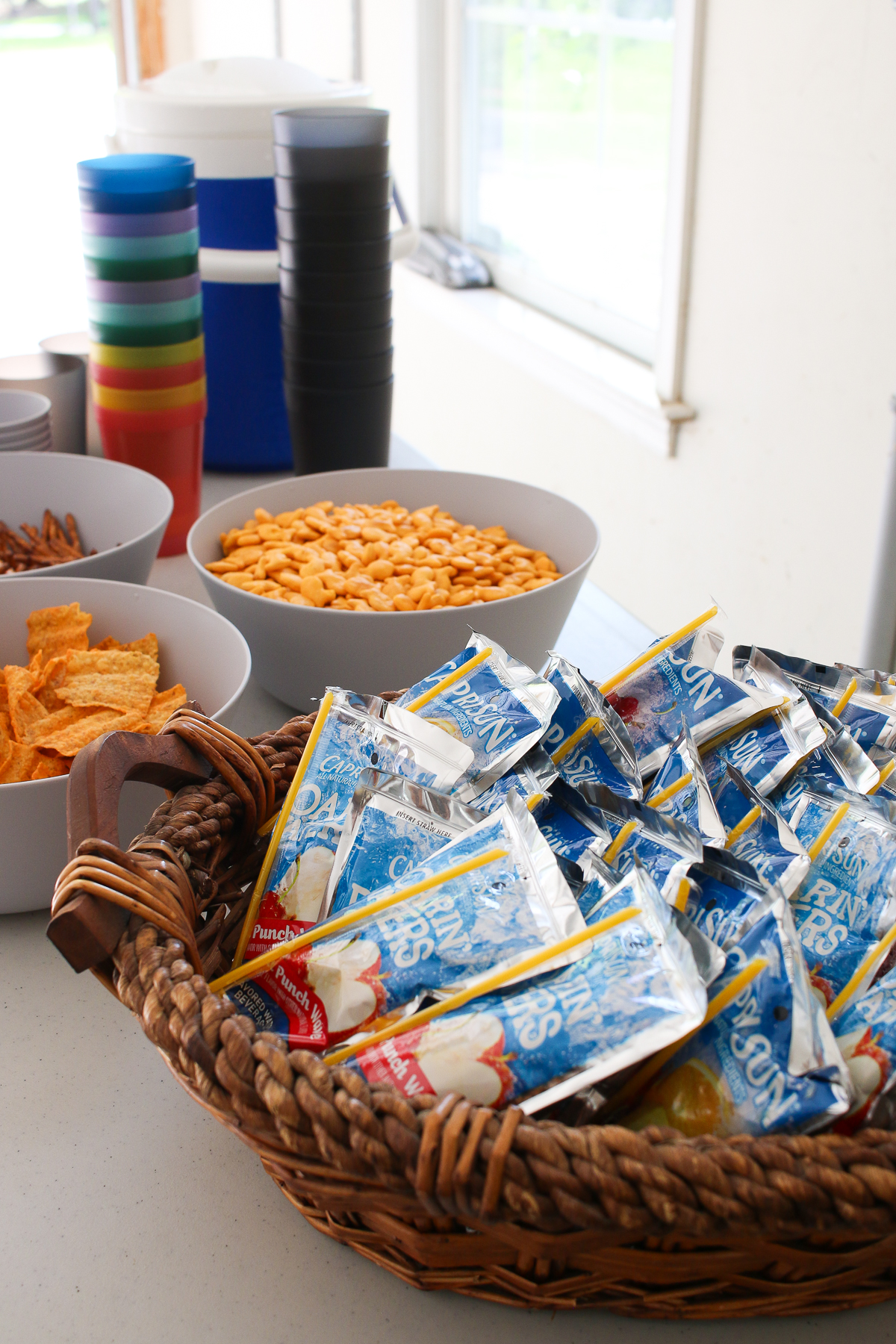How To Compost At Home | Composting In Buckets
Composting at home can be as simple as collecting food scraps in a couple of buckets and giving them a stir occasionally. Read more about how Jess makes compost with two buckets and a little family garden.
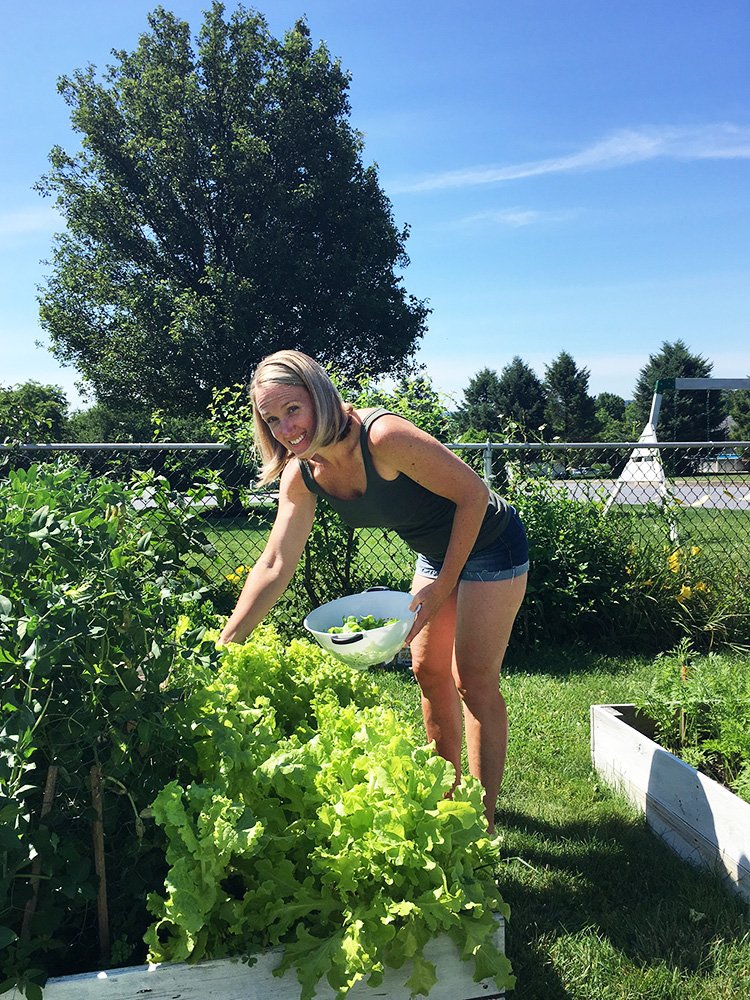
The Compost Chronicles series highlights families in various circumstances who have all found a way to compost at home that works for their lifestyle. Hopefully, you can be inspired to give it a go and help our planet become a little healthier.
Did you know that composting can transform your trash into new life? And that new life, in the form of microbes, fungi, earthworms, and more, provides the foundation for much of all other healthy life on Earth?
Composting is a great way to create healthy soil to support people and our planet. Healthy soil is also a magical carbon sink that absorbs carbon from our atmosphere and helps cool the planet. While dead dirt has few living organisms, a teaspoon of healthy soil has more living organisms in it than the entire population of humans on Planet Earth!
We need everyone to learn how to compost at home and make it a part of everyday life.
Don’t think you can compost? We’ve got a whole set of resources on Everything To Know About How To Compost At Home, including more Compost Chronicles interviews. All of this information about how to compost at home will hopefully prove that just about anyone can make space and find a system to turn their food scraps into nutrient-rich compost to enrich our soil, feed our food cycle, and limit the food waste that ends up in landfills.
There are so many different ways to incorporate composting into our everyday lives (without a lot of extra effort!). On this edition of Bring Your Trash To Life, Jess is sharing how her family uses a simple and affordable bucket system to create space for their food scraps to decompose. I’ll let Jess tell you about their easy peasy composting bucket system!
Can you tell us a bit about yourself, where you live, your family, etc.. the Jess 101?
Hi! My name is Jess, and I am a former high school Chemistry teacher turned stay-at-home mom that is passionate about educating others about climate change and sustainability science. I currently live in central Pennsylvania with my husband, our 2 kids, and our 2 cats.
I have been a nature lover and an environmentalist for as long as I can remember. Growing up, my parents fostered a “get outside and explore” attitude that created a deep appreciation for the complexity and interconnectedness of nature.
On any given day, I can be found digging in our gardens, exploring our local nature trails with my family, DIYing all sorts of things around the house, or canvasing consignment shops for clothes to outfit the rapidly growing little humans in my life.
Tell us a little bit about why you decided to start composting?
When my family and I relocated to central Pennsylvania four years ago, we moved into our first house with a yard. This delighted me to no end because having a yard finally meant I could have an actual vegetable garden!
I knew that composting was a way to replenish nutrients to the soil, so I figured I should start. What I didn’t realize was just how much food waste I had been previously putting out for the trash that was perfectly good composting material. The more I read about food waste and its role in global methane production, the more passionate I became about saving every scrap to decompose naturally in my backyard.
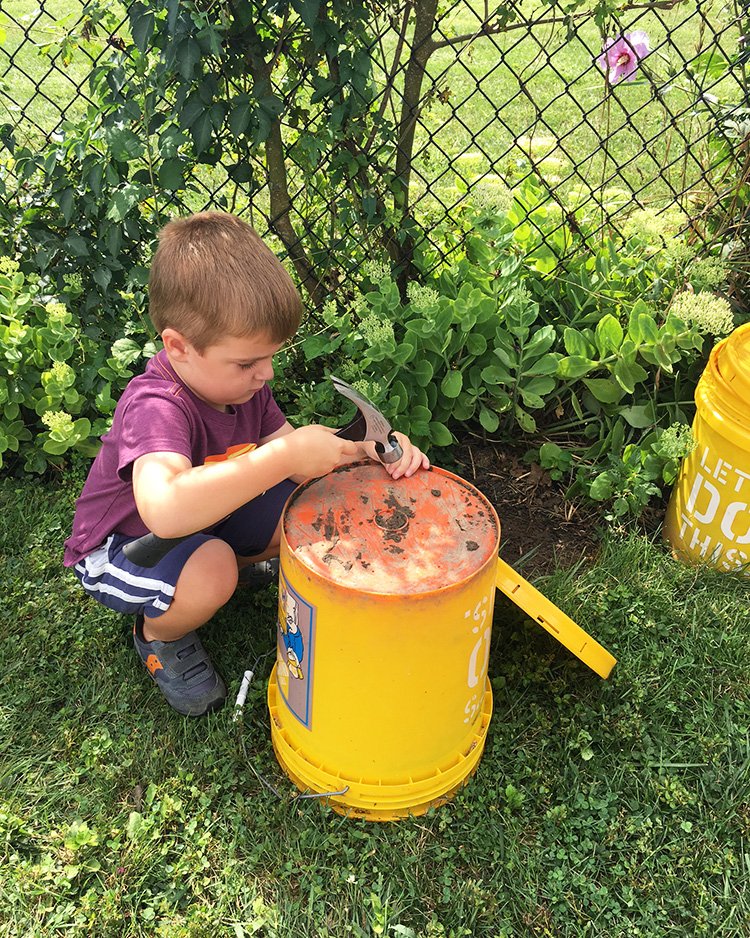
What method or methods of composting do you use or have you used?
I use a 2 stage composting system. This may sound fancy, but I assure you, it’s not. The first stage is bucket composting. I have two 5-gallon buckets with lids that I’ve drilled a few dozen holes into. My kitchen scraps (greens) and my leaves, egg cartons and thin cardboard (browns) begin breaking down in these buckets. Some people call this first stage “hot composting” because the heat generated from the decomposition process gets trapped inside the bucket, speeding up the breakdown rate.
After 4-8 weeks (depending on the season), I dump the contents of the bucket into an open-air raised bed, or what I call “stage 2”. At this stage, my greens and browns continue to decompose until they transform into a lovely, nutrient-rich soil, a.k.a. dirt.
I use a 2 stage system because we live in a development that abuts a 300-acre farm. There is a plethora of wildlife in the forested areas of the farmland, and I didn’t want every raccoon and skunk dining in our backyard. By starting out with sealed buckets, our kitchen scraps are less likely to attract unwanted visitors.
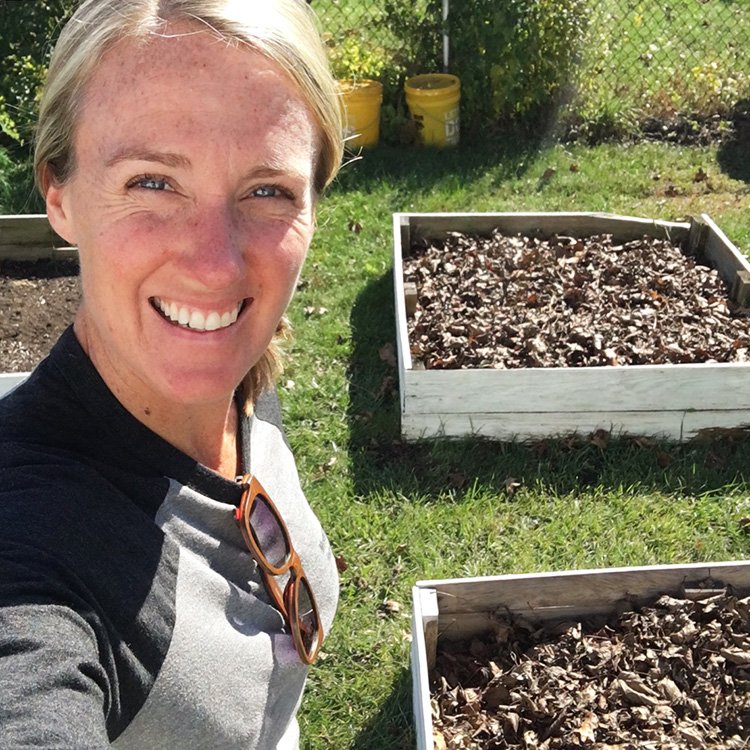
If you had any methods that didn’t work for you, can you share what happened and why it wasn’t a good fit for you?
When I first began composting, I only used buckets. My family of 4 filled those buckets faster than the food could break down. Thus, I needed a place to put my partially decomposed product to finish its breakdown, so I started using Stage 2!
How do you store the scraps until they are taken to your compost pile?
I have an old medium-sized plastic container with a lid under the sink where I store all of my kitchen scraps. I empty it about every 2 days into our outdoor buckets. Unless you went looking for it, you’d never know it was there! It doesn’t create any odors or take up much space.
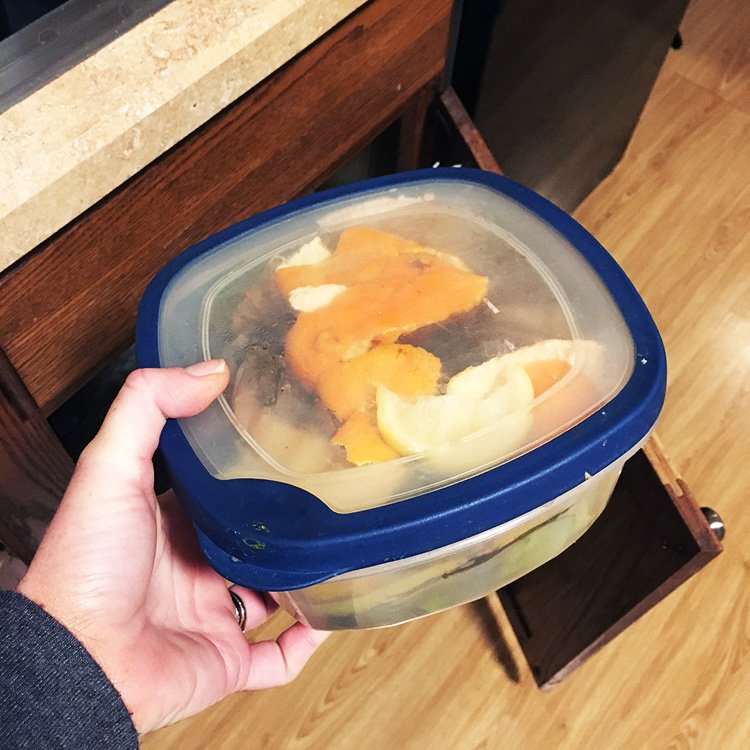
Do you have any special tools or products that help make composting easier or more accessible for you?
We went cheap on our composting system, and it works perfectly fine for us. I purchased the 5-gallon buckets at our local hardware store for about $3.00 each, and I use a big stick from the yard to turn the contents. My husband made our raised bed compost storage out of old wooden pallets. And once again, I use a stick from our yard to help aerate it.
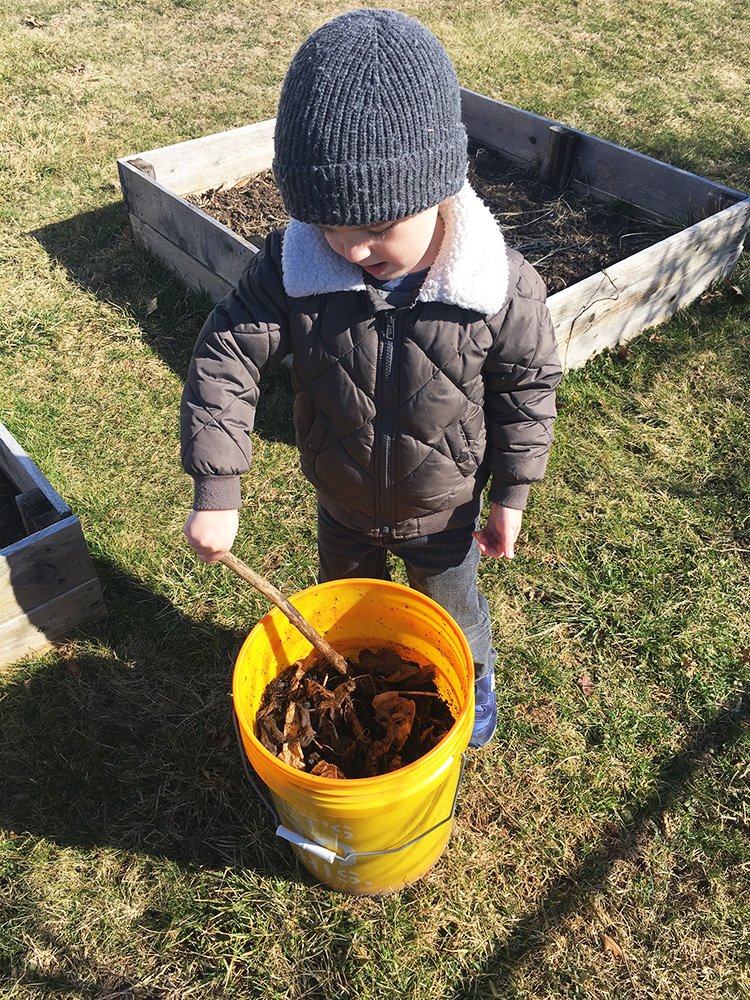
What other supplies do you use to manage your compost pile and how do you store them?
The stairway wall to our basement is the storage area for our extra cardboard and egg cartons. I have a few hooks on the wall that hold bags where I can quickly rip up and stash some of the browns that are destined for the compost.
We always have an ample supply of sawdust from our woodworking projects, which we keep in our shop vacuum and add to our compost pile as needed. Sawdust from untreated wood is an excellent addition to a compost pile, as it’s small, breaks down quickly and will absorb any unpleasant odors that may be brewing in your bin.
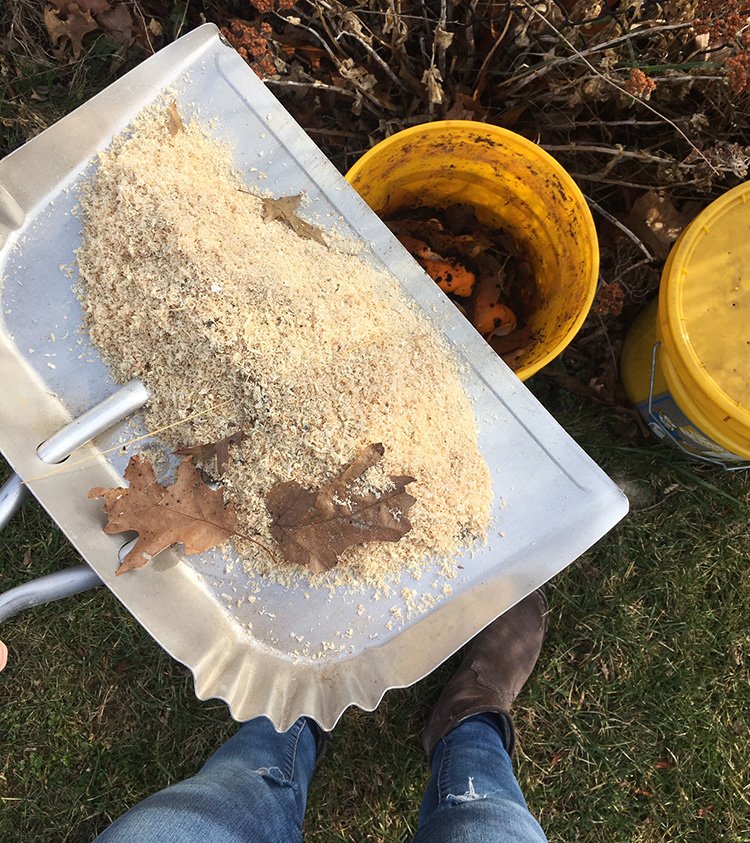
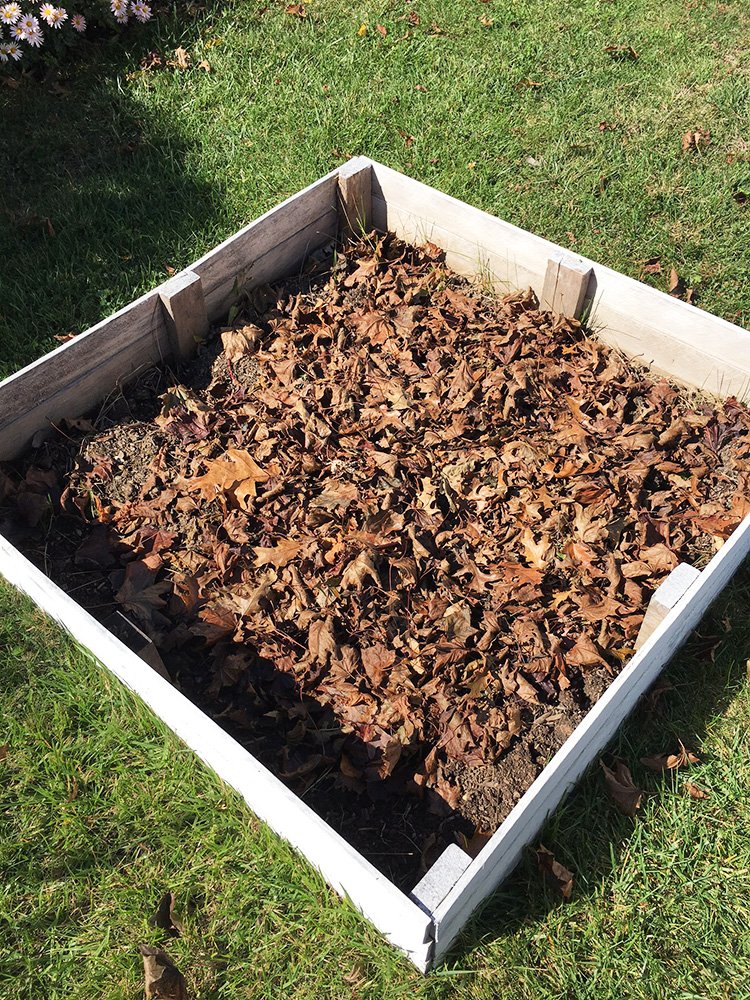
How does your family feel about composting?
I think my kids like composting simply because it gives them an excuse to go digging for earthworms! My oldest is 7, and she is now programmed to not throw any of her fruit peels into the trash can. My youngest is 4. He hasn’t quite grasped the concept of saving our appropriate scraps, but he loves hammering aeration holes into my buckets, which become clogged occasionally and need re-opening.
They both are pretty good at spreading the compost once it’s ready for transport into the gardens. They have their own kid-sized shovels, and they are allowed to race the wheelbarrow across the yard, so it’s fun for them to help out.
Have you experienced any benefits from composting, especially ones that might have surprised you?
Aside from the obvious benefit of noticeably healthier and hardier vegetables and houseplants, my husband and I have been amazed by how much less trash we generate since we’ve started composting. Frankly, I’m ashamed that we didn’t start sooner, now that I understand the ecological implications of food waste.
Anything else you’d like to share with readers about your composting practices, especially to help beginners gain confidence that they too can compost?
Treat composting like a fun experiment. It may take a little time until you get a feel for the right balance of greens and browns, but don’t let failure (or smelly buckets of food scraps) deter you!
Keep in mind that food scraps sent to a landfill breaking down in the absence of oxygen create carbon dioxide and methane gas. Composted food scraps breaking down in the presence of oxygen create carbon dioxide and water vapor. Methane gas is approximately 25 times more efficient than carbon dioxide at trapping heat in our atmosphere*, giving it a significant role in rising global temperatures. So, by simply starting on your composting journey, you are actively participating in the conservation of our ecosystems!
*Environmental Protection Agency (EPA)
Where else can we find you and learn more about what you’re up to?
You can find me on Instagram and Facebook @thoughtfullysustainable.

